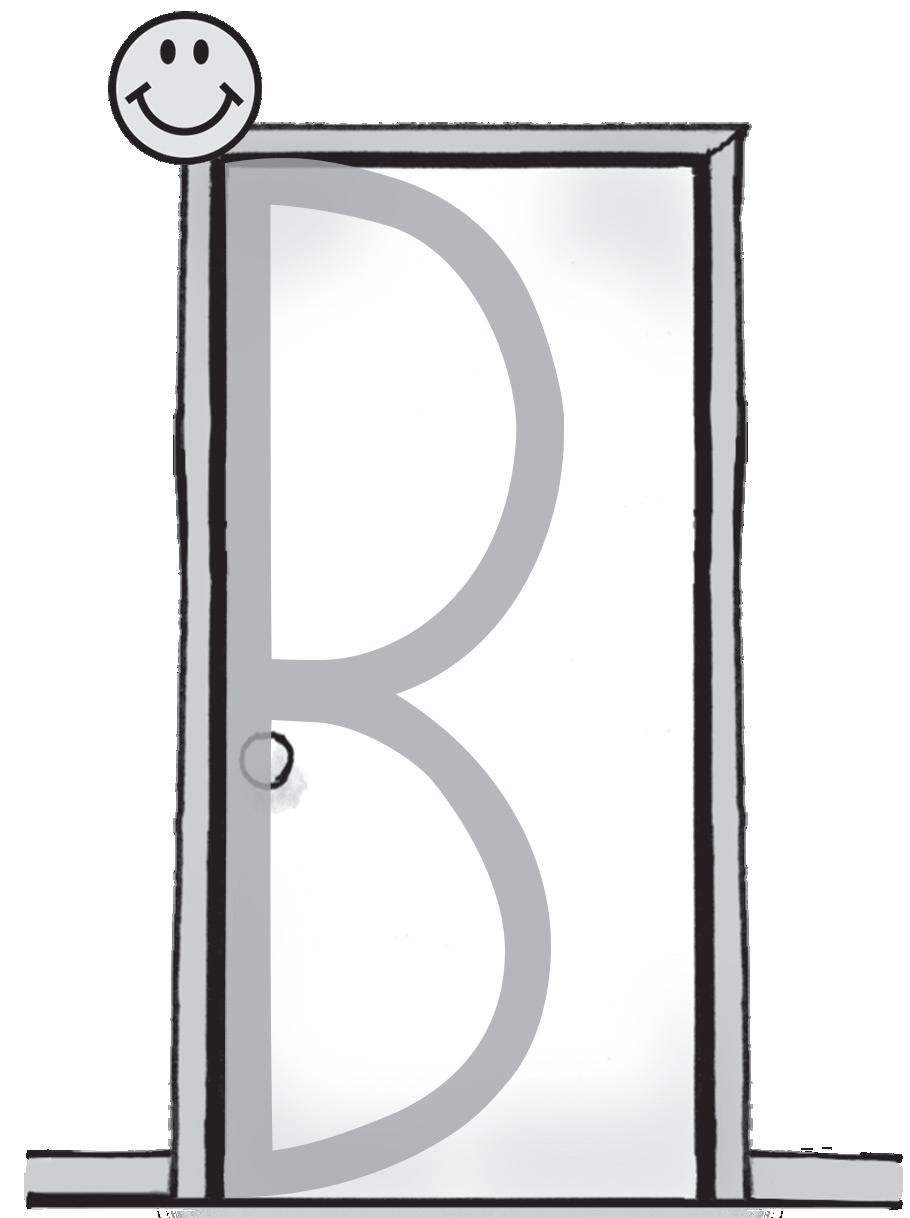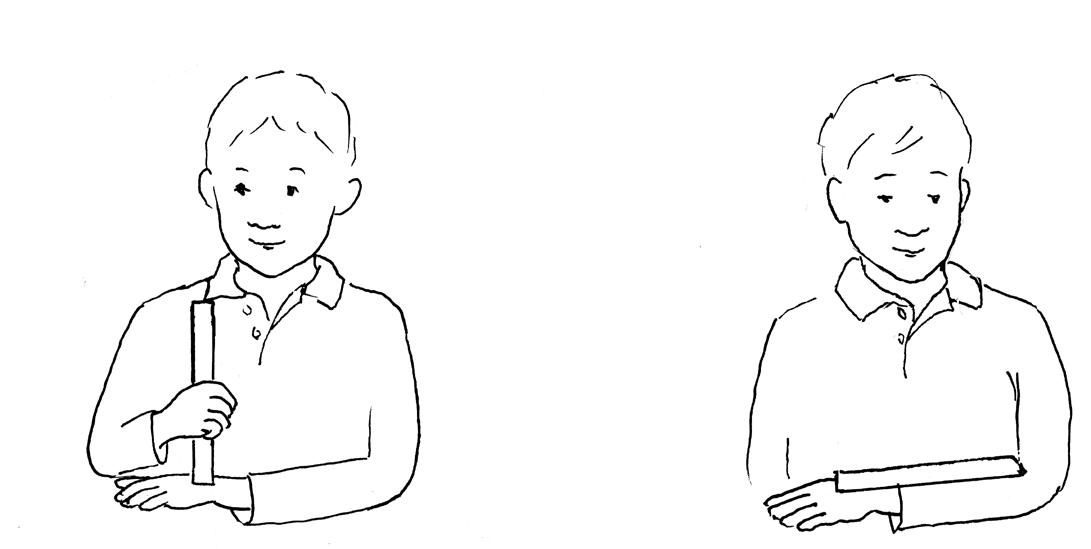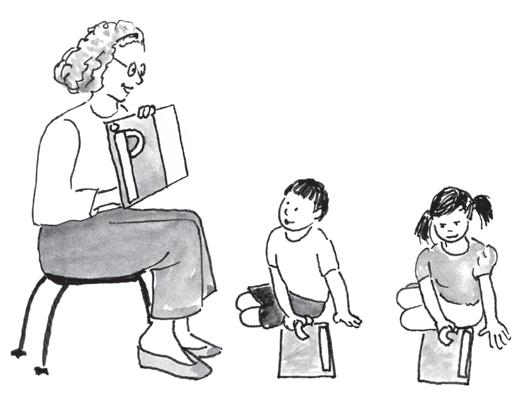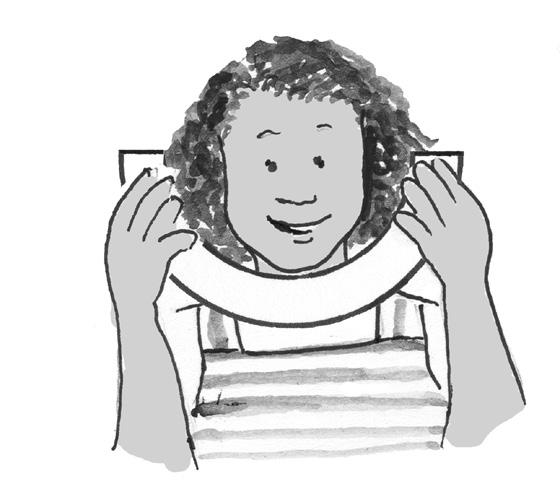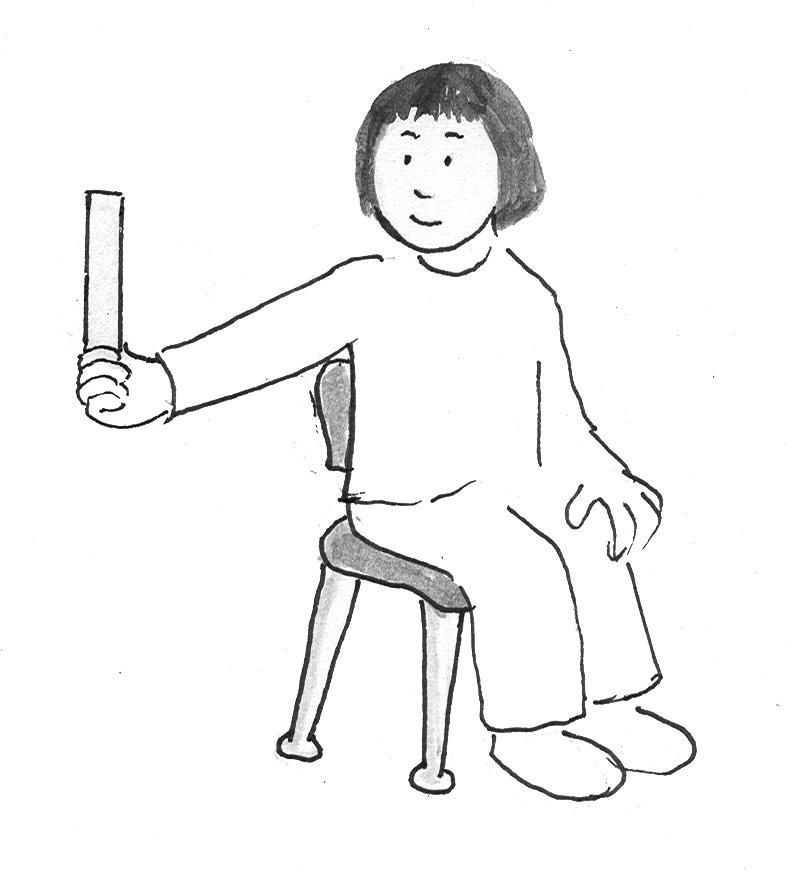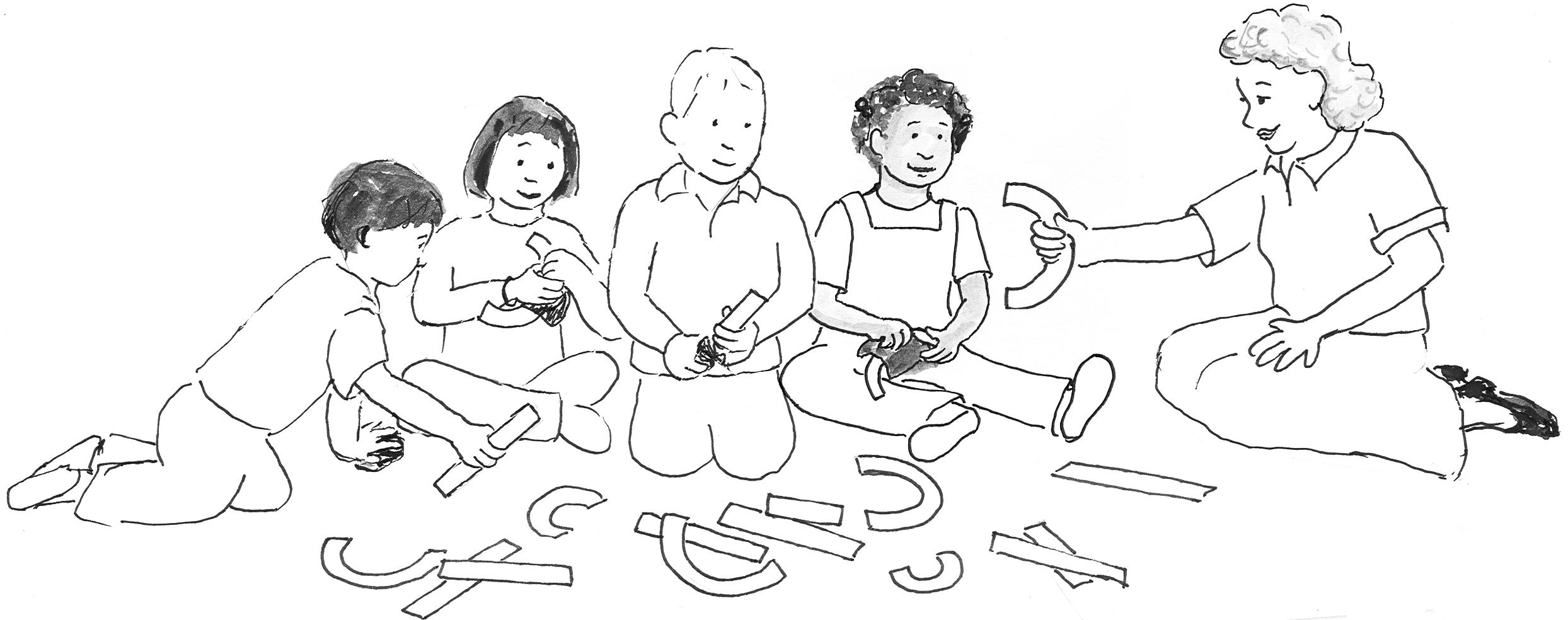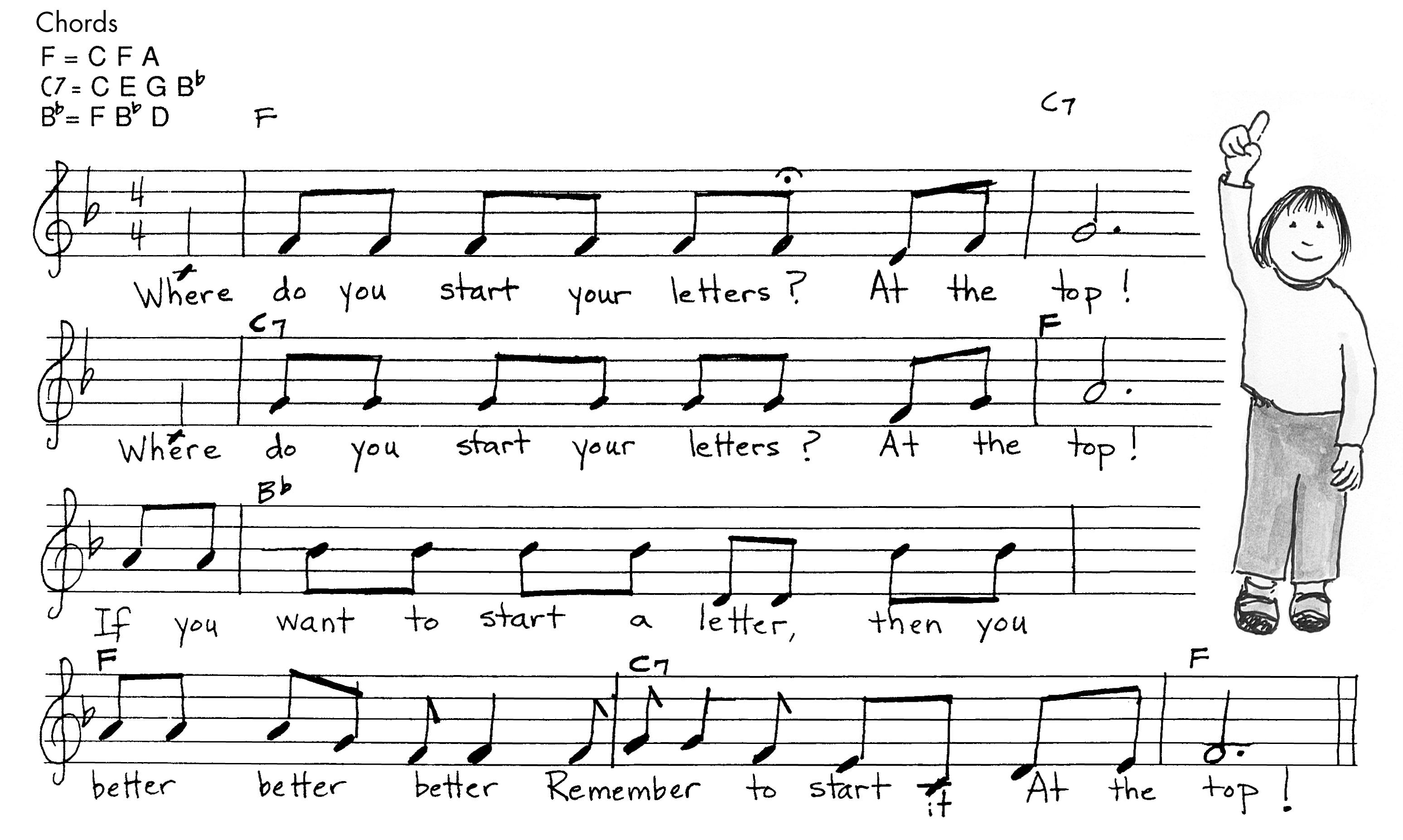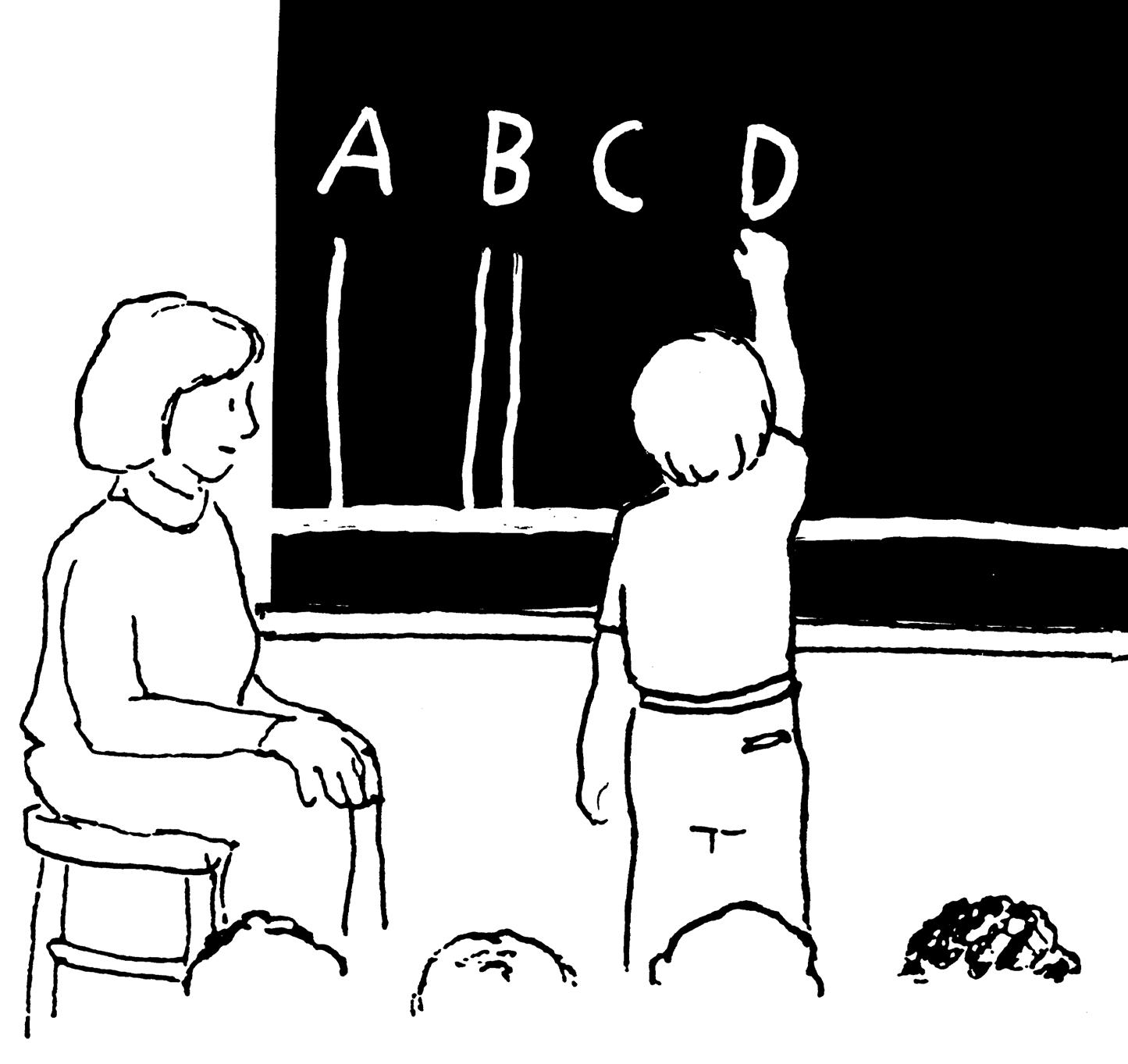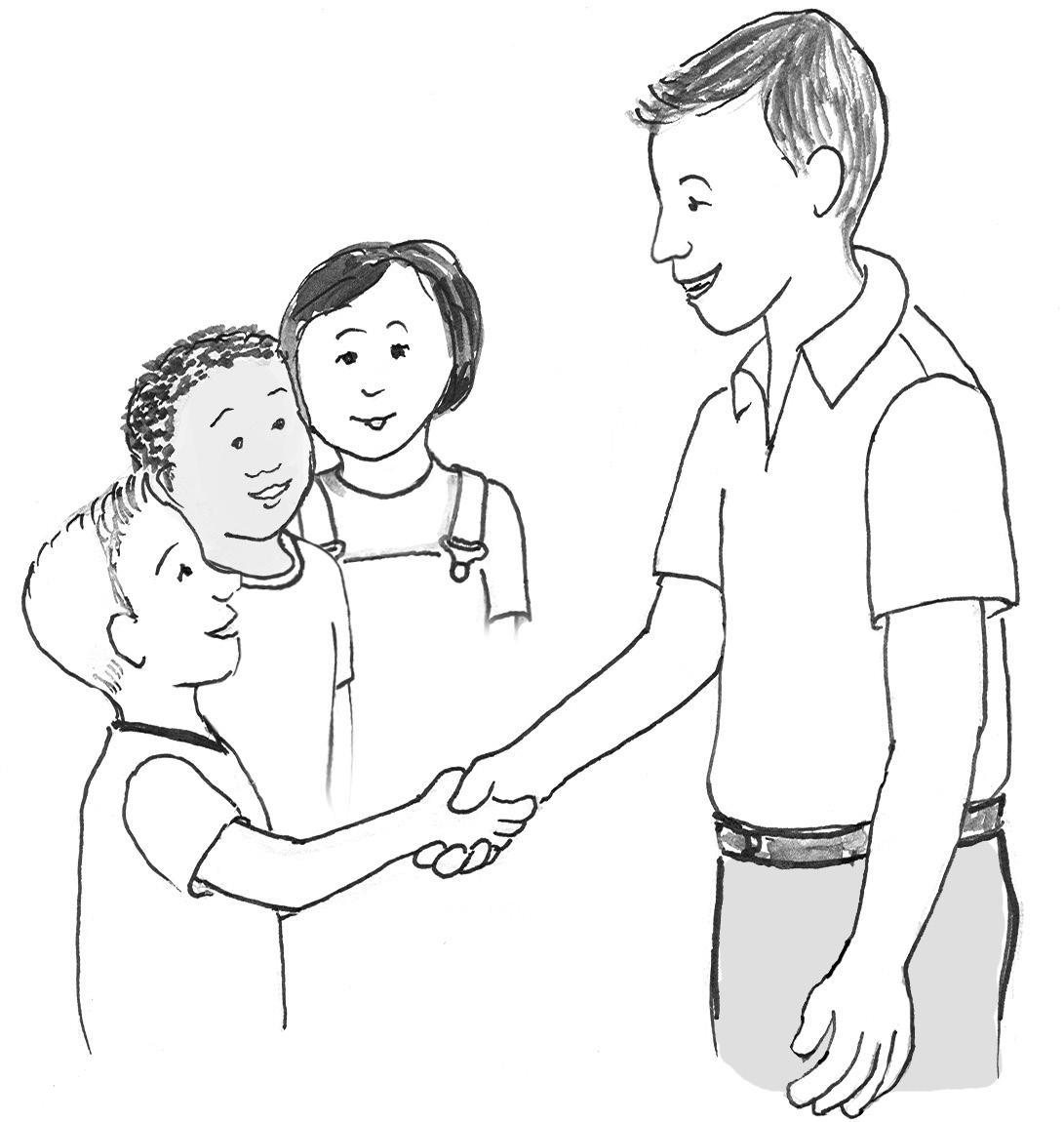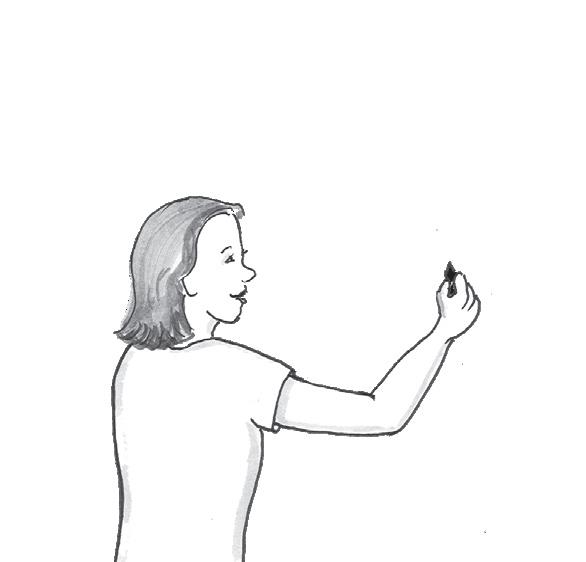Scope & Sequence The Scope & Sequence of Printing defines the content and order of printing instruction. The skills needed for printing develop as early as Pre-K. Although we do not teach printing formally at the Pre-K level, we can create an environment and encourage activities to develop good habits that students need in kindergarten. The secret is to teach skills in a way that makes learning natural, easy, and fun. Type of Instruction Informal/Structured:
Formal/Structured:
A variety of activities address the broad range of letter and school readiness skills. Teacher-directed activities are presented in a more precise order with specific objectives.
Handwriting Sequence Pre-Strokes: These are beginning marks that can be random or deliberate. Shapes: These are often introduced before letters and are a foundation for letter formation skills. Capitals/Numbers: These use simple shapes and strokes. They have the same size, start, and position. Lowercase Letters: These are tall, small, and descending symbols with more complex strokes, sizes, starts, and positions.
Stages of Learning Pre-Instruction Readiness:
Attention, behavior, language, and fine motor skills for beginning writing.
Stage 1– Direct Instruction: Watch someone form a letter first, and then write it.
Stage 2– Guided Practice: Look at a letter and then write it. Stage 3–Independent Practice: Write without watching someone or even seeing a letter.
Physical Approach
Crayon Use: Crayons prepare children to use pencils. Small crayon use encourages proper grip. Pencil Use: Proper pencil grip facilitates good handwriting. In kindergarten, children transfer their crayon grip to pencils.
Posture: Good sitting posture promotes good handwriting. This is taught in kindergarten. Paper Placement: Correct paper placement helps children move the writing hand across the page.
Printing Skills
Paper placement is different for left- and right-handed children.
Primary Skills – Memory:
Remember and write dictated letters and numbers.
– Orientation:
Face letters and numbers in the correct direction.
– Start:
Begin each letter or number correctly.
– Sequence:
Make the letter strokes in the correct order.
Secondary Skills – Placement:
Place letters and numbers on the base line.
– Size:
Write in a consistent, grade-appropriate size.
– Spacing:
Place letters in words close, put space between words.
Functional Writing Letters/numbers, words, sentences, paragraphs, and writing in all subjects
22
Kick Start Kindergarten Teacher’s Guide: Teaching Handwriting
© 2022 Learning Without Tears










